Many people only think they need air conditioning repair when their system breaks down. However, the fact is your air conditioner will often drop hints letting you know it’s in trouble before a total breakdown that results in new AC installation. Noticing early problems and calling the experts at Taylor's Heating & Air Conditioning to address issues early can spare you the hassle and expense of a full AC system breakdown. More important, it can stop you from having to endure the uncomfortable feeling of having your AC stop working on a really hot day.
When you call us, our team of certified HVAC technicians will pinpoint what’s wrong, make the necessary repairs and get your AC back on track. We have a proven track record in the community and provide high-quality, budget-friendly AC service for our community.
Why hold off until your cooling system stops working? Skip all that hassle by calling 519-296-4437 today to schedule AC repair in Thedford, ON, from Taylor's Heating & Air Conditioning.
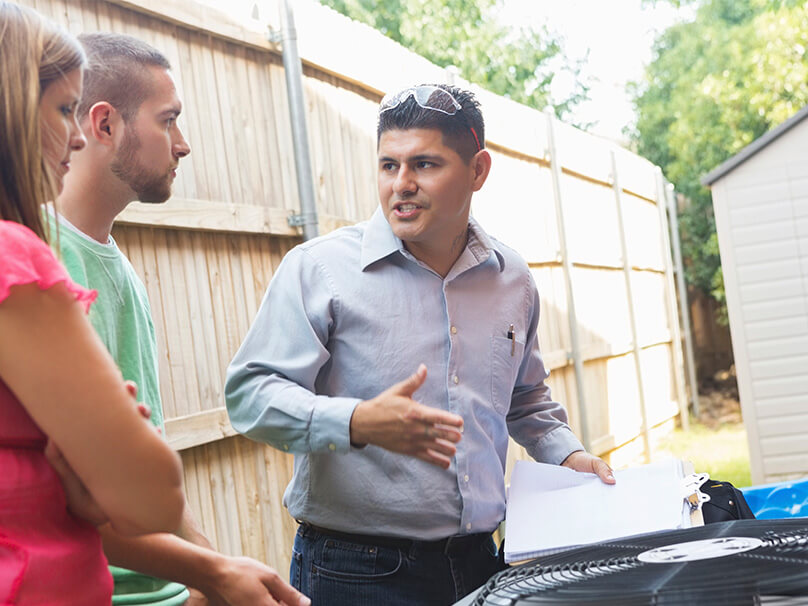
Air Conditioner Repair Checklist
1. AC Won’t Turn On
There can be a few explanations why your air conditioning won’t run: a tripped circuit breaker, wrong thermostat settings, a turned off switch or an overfull condensate drain pan.
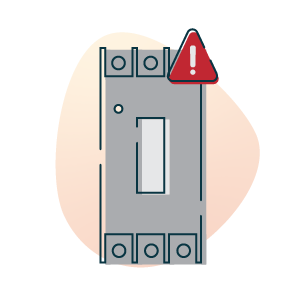
Blown Circuit Breaker
Your air conditioner won’t run when you have a tripped breaker.
To check if one has gotten overloaded, locate your home’s main electrical panel. You can find this gray fixture on the wall in the basement, garage or closet.
- Make sure your hands and feet are free of moisture before you work on the panel or breakers.
- Find the breaker labeled “AC” and make sure it’s in the “on” spot. If it’s overloaded the switch will be in the in between or “off” position.
- Quickly move the switch back to the “on” position. If it immediately triggers again, don’t touch it and get in touch with us at 519-296-4437. A switch that keeps turning off might mean your residence has an electrical issue.
Wrong Thermostat Settings
If your thermostat isn’t giving a sign to your system to start, it won’t activate.
The most important part is checking it’s set to “cool” and not “heat.” Otherwise your air conditioner may not start running. Or you might get. warm air moving from vents being the furnace is going instead.
If you’re using a digital thermostat:
- Put in new batteries if the monitor is blank. If the screen is showing garbled letters, get a new thermostat.
- Ensure the proper setting is on the display. If you can’t update it, cancel it by decreasing the temperature and pressing the “hold” button. This will cause your AC to run if the configuration is incorrect.
- Try setting the thermostat 5 degrees lower than the house’s temperature. Your AC won’t start if the thermostat is set the same as the room’s temperature.
Once your thermostat is set accurately, you should receive chilled air quickly.
If you have a smart thermostat, like one made by Nest, Ecobee, Lux, Honeywell or Bosch, look at the manufacturer’s website for assistance. If you still can’t get it to work, contact us at 519-296-4437 for assistance.

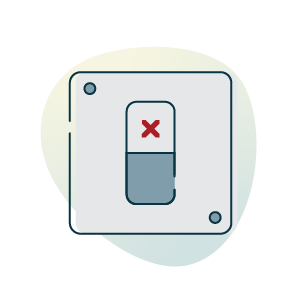
Shut-Down Switch
Your system probably has a shut-off lever near its outdoor unit. This device is typically in a metal box hung on your house. If your air conditioner has recently been serviced, the lever may have inadvertently been left in the “off” setting.
2. AC Blows Warm Air
If your AC is working but not providing cold air, its airflow might be clogged. Or it might not have adequate refrigerant.
Obstructed Airflow
Your unit’s airflow can be decreased by a plugged air filter or filthy condenser.
How to Put in a New Your Air Filter
A dirty filter can create many problems, including:
- Limited airflow
- Frozen refrigerant lines or evaporator coil
- Intermittent cooling
- Bigger energy bills
- Causing your system to wear out more quickly
We propose replacing flat filters every four weeks, and creased filters every three months.
If you can’t remember when you last changed yours, turn off your equipment totally and take out the filter. You can locate the filter in your furnace or air pump’s blower compartment. It might also be found in an adjoining filter case or wall-mounted return air grille.
Hold the filter up to the sunshine. If you see a lot of dust you should get a new one.
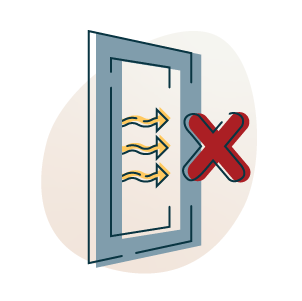
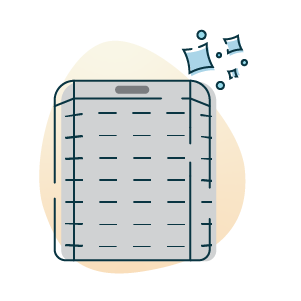
5 Tips on Cleaning Your Air Conditioning System
Weeds, grass and leaves can block your condensing system. This can restrict its airflow, make it less energy efficient and affect your comfort. Here’s a way you can get your system operating well again.
- Shut off electricity completely at the breaker or external lever.
- Get rid of greenery rubbish around the AC. Once you’ve gotten rid of bigger debris within a two-foot radius, you can use a paint brush or vacuum to gingerly remove dust from the condenser fins. Deformed fins can also hurt capability, so you can attempt to straighten them with a dinner knife.
- Take off the upper part of your system and pull out any leaves or sticks that has collected. Then wipe off the condenser fan with a moist cloth.
- Use a hose nozzle to gingerly take off dirt on the fins from inside the unit. Be careful to avoid getting liquid on the fan motor.
- Put the top back on and restore the power.
Low Refrigerant Levels
When AC equipment doesn’t have ample refrigerant, they’ll struggle to remove heat and humidity from your rooms.
Here are a few indications that your system is losing refrigerant:
- It takes an extended amount of time to cool your rooms and you’re constantly turning down the thermostat.
- Air coming through the ducts isn’t as cold as it should be.
- You’re noticing whistling or burbling sounds when the AC is on.
- Your evaporator coil is iced over due to having an issue handling humidity.
Suspect your system is losing refrigerant? You need a licensed heating and cooling service specialist to repair the leak and replenish the proper amount of refrigerant in your equipment. Call us at 519-296-4437 for help.
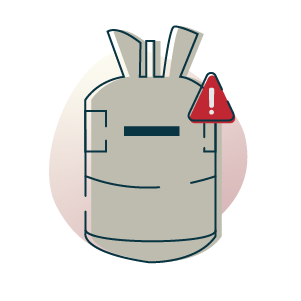
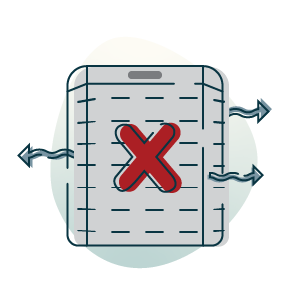
3. AC Not Blowing Enough Air
When it appears like you’re not having enough cool air, there’s potentially an obstruction or disconnection somewhere in your AC unit.
- The first step is looking atyour air filter. Replace it if it’s filthy.
- Then ensure the ductwork is open around your house.
- If you’re still not receiving ample chilly air, you should have your ductwork checked by a professional like Taylor's Heating & Air Conditioning. Your ductwork could need to be fixed or rejoined in hard-to-reach spots like your attic, basement or crawl space.
Request Pro Air Conditioner Repair Now
When you require air conditioning service quickly, contact the HVAC repair experts at Taylor's Heating & Air Conditioning at 519-296-4437. We’ll quickly identify the problem when your equipment won’t work or provide enough chilled air.
